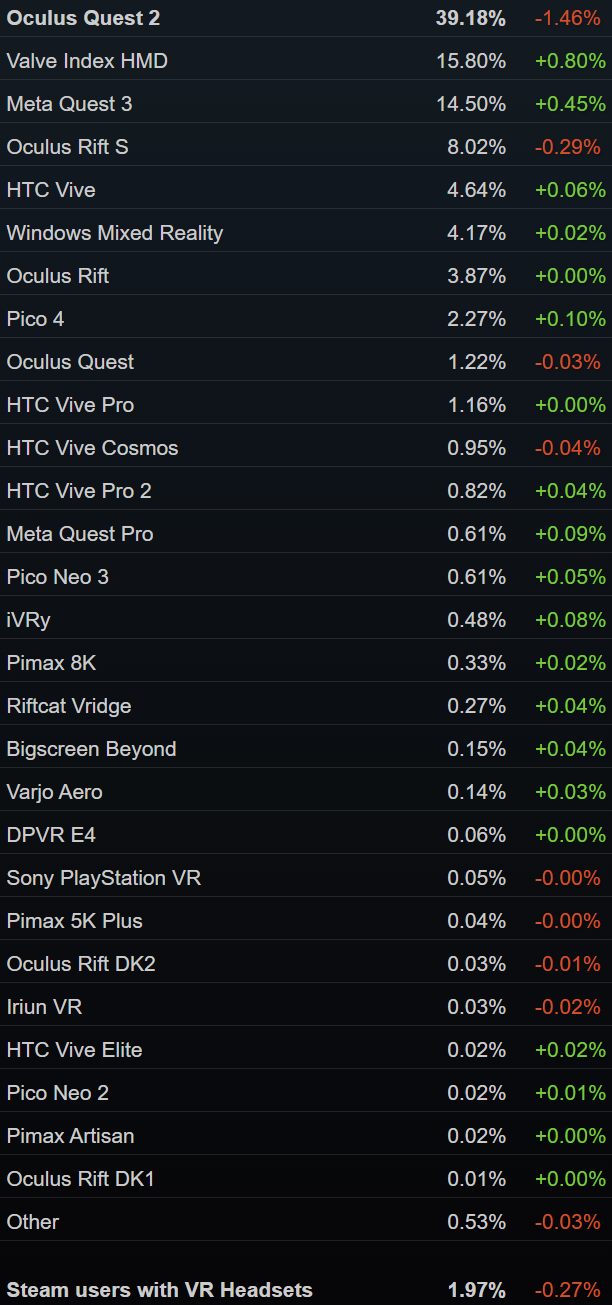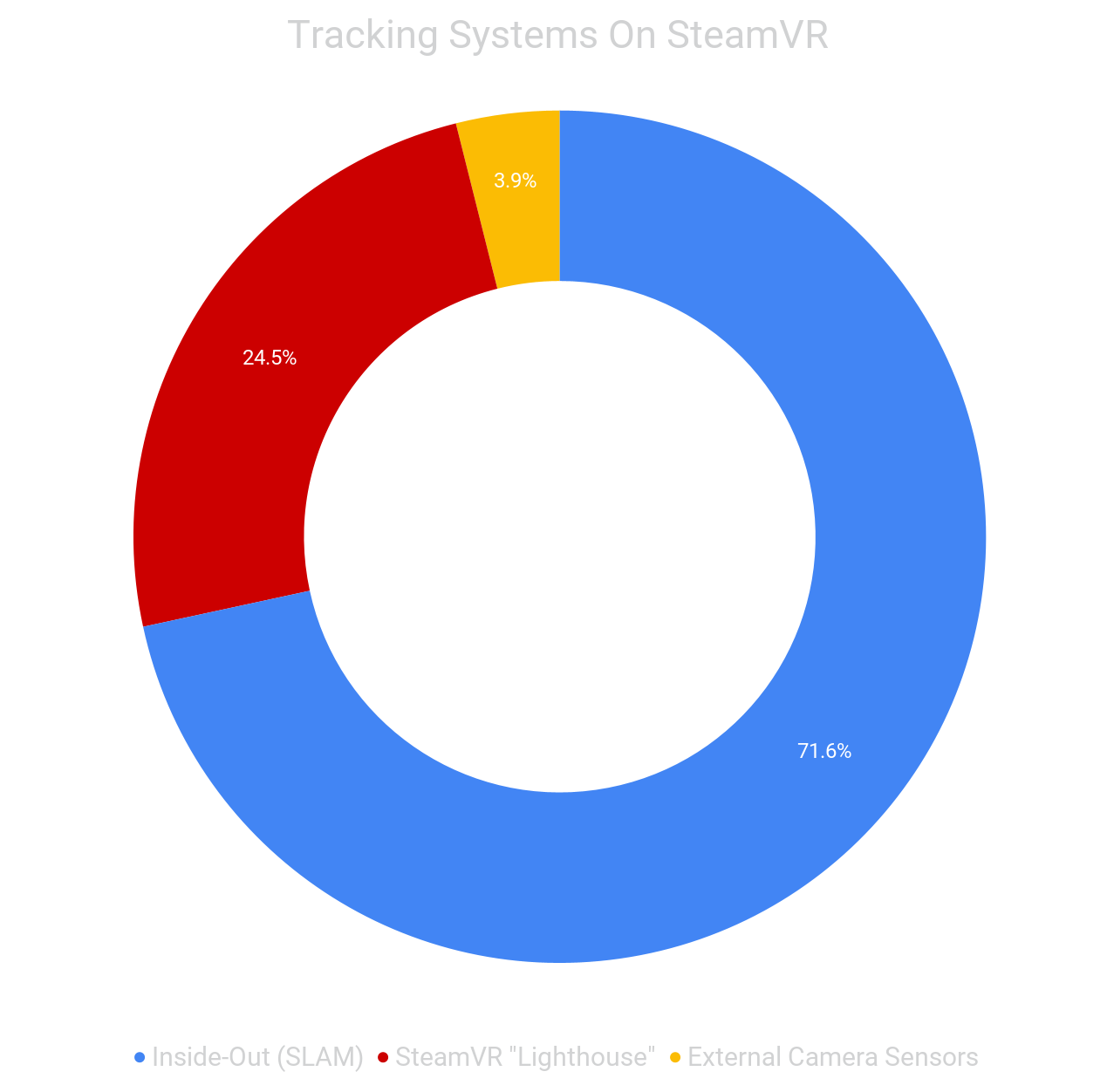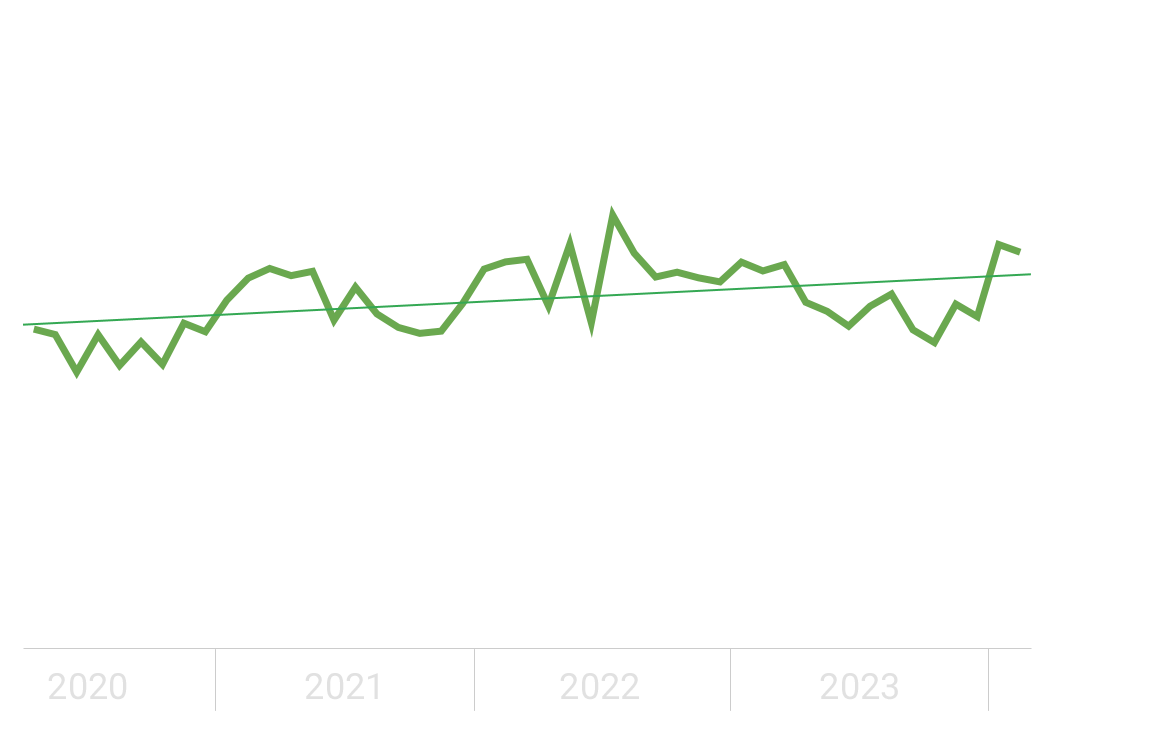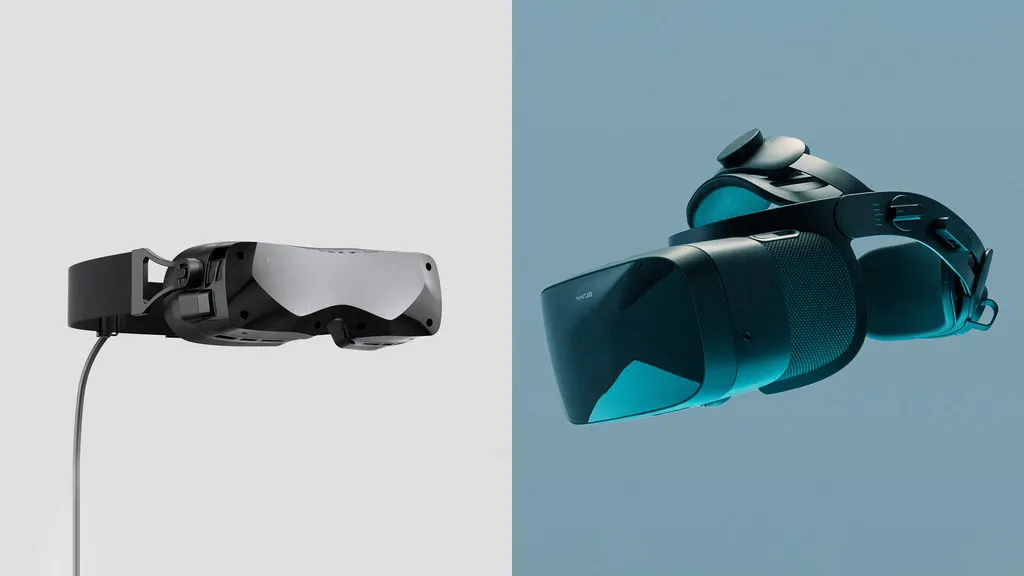Bigscreen Beyond and Varjo Aero now show on the Steam Hardware Survey, giving an indication of their ownership and usage.
Both headsets actually started showing up in an update to the January data Valve made a few days after publishing it. February is the first month they appear from the start.

The Steam Hardware & Software Survey is offered to a random sample of Steam’s user base each month. If you accept, it uploads a list of your PC specs and peripherals to Valve, as well as any headset used on SteamVR in the past month.
The data for February shows no significant swings in the relative headset usage share. Meta Quest 3 had been rapidly surging since it launched in October, but this growth has now significantly slowed down, with the headset remaining at the #3 spot, just below the Valve Index. 14.5% of SteamVR users in February used Quest 3, while 15.8% used Valve Index.
Quest 2 still holds the top spot, as it has since shortly after it launched more than three years ago, with 39.18%, more usage than Quest 3 and Index combined.

Bigscreen Beyond was used by just 0.15% and Varjo Aero by 0.14%. These headsets remain incredibly niche compared to more the popular headsets from Valve and Meta. Both headsets offer significantly higher resolution than Index, but cost significantly more and still require SteamVR Tracking base stations.
In January Varjo confirmed that Aero is no longer being produced after more than two years on the market, and new stock is now unavailable. Meanwhile, Bigscreen's CEO recently declared the company has reached positive cash flow with Beyond.

The percentage of Steam users using any VR headset at all decreased slightly, from 2.24% in January to 1.97% in February. Adjusting for China, where most VR headsets aren't sold and most VR games aren't available, the fall was much smaller. January saw the highest usage in almost two years, which likely reflected many users trying out praydog's UEVR mod, a free tool released at the start of January that injects VR support into almost any modern PC game made with Unreal Engine. Clearly this level of support isn't enough to keep everyone coming back though, and PC VR's long-term growth remains slow.






























